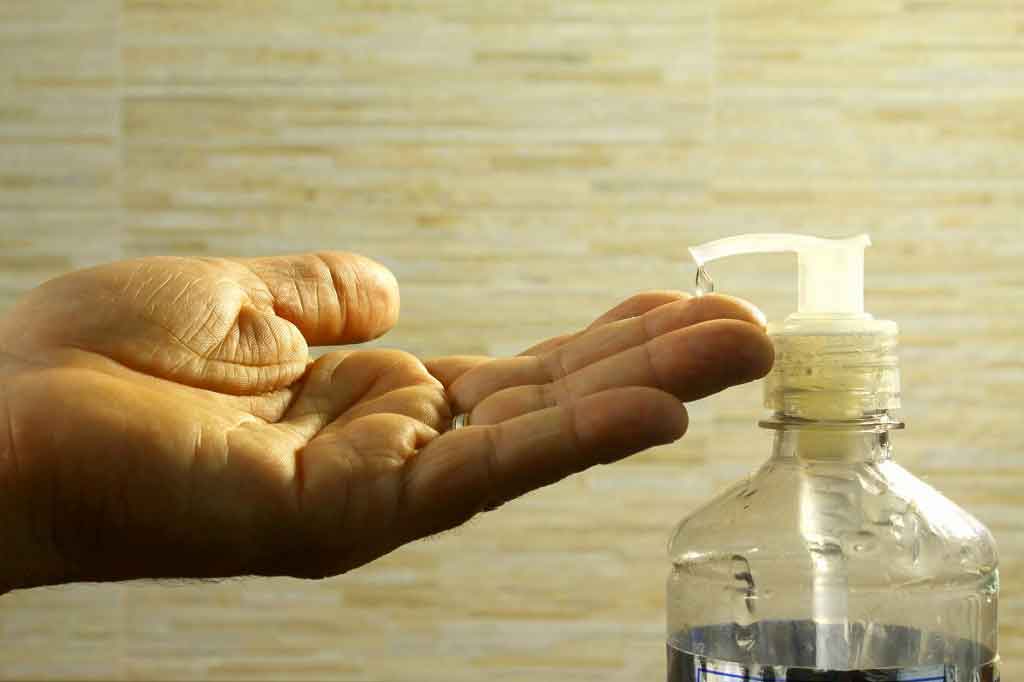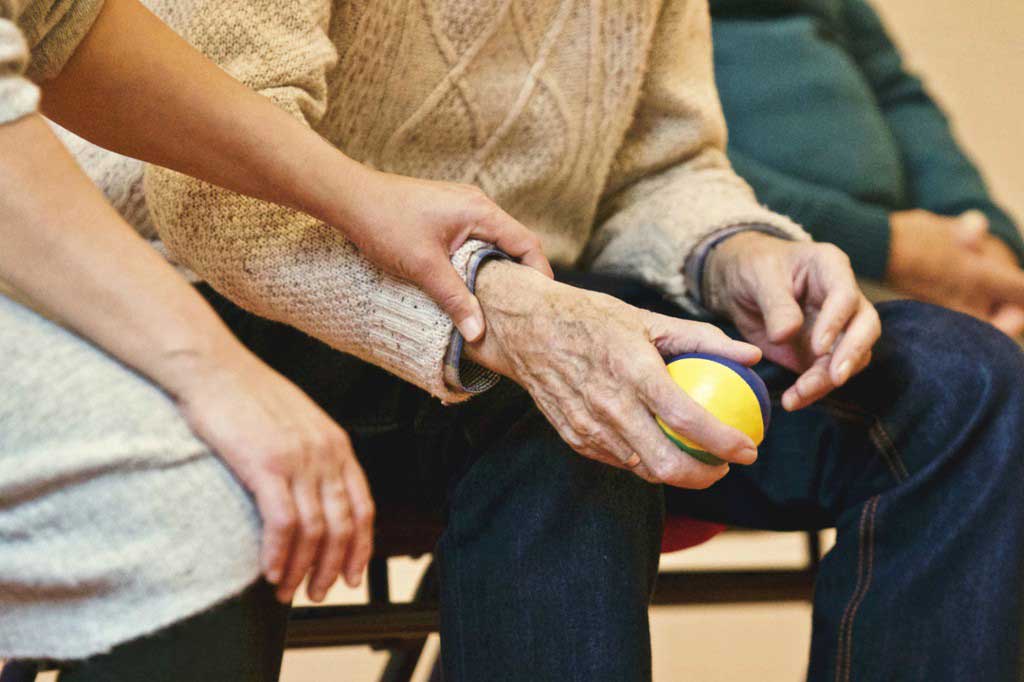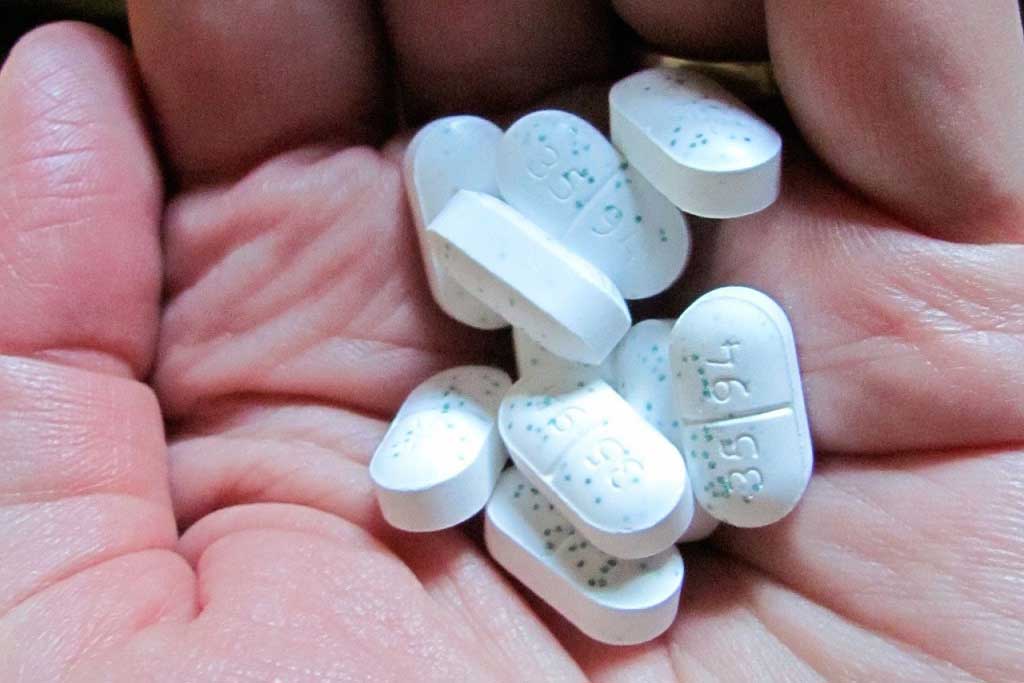Oestrogen skin treatment
Older people
Article on media coverage of a study on applying oestrogen to the skin to counteract signs of ageing.
“Applying oestrogen to the skin can counteract one of the main effects of ageing”, The Daily Telegraph reported. The newspaper said that scientists believe they have found a way to stimulate the body’s production of collagen, the chemical that gives skin its youthful appearance and “plumpness”. Volunteers had a form of oestrogen, oestradiol, applied to areas of skin that were exposed to the sun and areas that were covered up.
In this study, oestradiol was applied to the skin of 70 healthy volunteers with an average age of 75, three times a day for two weeks. It found that collagen production did increase, but only in the areas protected from the sun and not in those that had been damaged by long-term sun exposure, like the face. Despite the headline that oestrogen can help fight ageing, the study did not look at its effects on the appearance of the skin, and only looked at the presence of procollagens I and III’. It is too early to draw conclusions about the effect of this treatment on ageing and appearance. Further research is needed to resolve the questions raised by this study.
Where did the story come from?
Dr Laure Rittié and colleagues from the Department of Dermatology at the University Of Michigan Medical School in Ann Arbor carried out the research. The study was supported in part by a grant from the pharmaceutical company Pfizer Inc. The study was published in the peer-reviewed medical journal: Archives of Dermatology.
What kind of scientific study was this?
In this controlled trial, the researchers investigated the effect of applying various strengths of topical oestradiol, a form of oestrogen applied to the skin, on collagen production at several areas of the body. The different strengths were compared to each other and to a control application that contained only ethanol and propylene glycol (the vehicle or solvent that the oestradiol was dissolved in to allow penetration through the skin).
The researchers recruited 40 women who were all past the menopause and matched them with 30 men of a similar age. The only selection criteria that were reported was that none of the recruits was taking oestrogen therapy before the trial. The average age of recruits was about 75 years with a range for women of 65 to 94 years and for men 57 to 90 years.
The researchers first looked at the effect of oestradiol on two areas of the volunteers’ bodies; the skin on their hips that was protected from the sun, and the skin on their forearms that was “photodamaged”. The researchers compared oestradiol dissolved in the ethanol and propylene glycol with the vehicle alone. Treatment regimens consisted of a 0.01%, 0.1%, 1% or 2.5% strength of oestradiol administered three times, every other day. A 4mm skin biopsy was taken from each of these two sites 24 hours after the last treatment.
In a separate study, the researchers assessed the treatment’s effect on the faces of people that had evidence of photodamage. Most of the participants had moderate or severe damage as assessed by a validated score. In this study, the oestradiol was again dissolved in propylene glycol and then added to a moisturiser cream (Neutrogena) to a final concentration of 0.2% (weight/volume). The treatment was applied twice a day for 14 days and participants were asked to wash their face with soap and water before applying the cream in the morning and at bedtime. Smaller 2mm biopsy specimens were taken in the crow’s-foot area around the eyes before the beginning of the study and 24 hours after the last treatment.
The researchers used a variety of tests to assess the biochemical, cellular and microscopic features of the skin. These included quantitative polymerase chain reaction (which measures levels of messenger RNA [mRNA]), immunohistochemistry (which looks at where proteins are found in tissue), and enzyme-linked immunosorbent assay (which measures levels of proteins). The tests were aimed at finding evidence of ‘procollagens I and III’, which are precursors to collagen and might indicate that new collagen is being produced.
The quantitative polymerase chain reaction test involved extracting mRNA, (the cellular blueprint for proteins) from the skin samples and looking at levels of the specific mRNAs that encoded for (i.e. was a blueprint for) the production of procollagens I and III. This gave the researchers an estimate of the amount of new collagen I being made. They used the same technique to look at levels of mRNA encoding oestrogen receptors, the proteins that bind to oestrogen, and allow it to have an effect on the cell, as well as mRNA from one of the genes (GREB1) switched on as a result of oestrogen binding to its receptor.
The enzyme-linked immunosorbent assay and immunohistochemistry were used to look at procollagen I protein in the skin. Finally, they measured the levels of oestradiol in the blood.
Statistical tests were used to compare the average results across the groups. Each person may have had more than one application of the oestradiol or vehicle and therefore appeared in several of the analyses.
What were the results of the study?
The researchers say that in postmenopausal women and to a lesser extent, in age-matched men, the skin application of oestradiol increased the production of procollagen I and III mRNA and collagen I protein levels in sun-protected, aged hip skin.
Treating women or men’s forearm and face skin (aged by sunlight) with oestradiol treatment for two weeks produced no significant changes in production of these mRNAs. This was despite similar expression of oestrogen receptors, and switching on of the GREB1 gene in response to oestradiol, in the sun-protected and photoaged skin.
What interpretations did the researchers draw from these results?
The researchers conclude that in the postmenopausal women and aged-matched men they studied, “two-week topical estradiol treatment stimulates collagen production in sun-protected hip skin, but not in photoaged forearm or face skin”.
They say that this suggests that the decline of oestrogen at the menopause leads to reduced collagen production in sun-protected skin, and that some change in the skin caused by long-term sun exposure reduces the ability of the two-week oestradiol treatment to increase collagen production in aged skin.
What does the NHS Knowledge Service make of this study?
The researchers were surprised by the results of this study, which will now lead to further studies looking at why oestradiol treatment acts differently in sun-exposed and sun-protected skin.
There are a few points to note when interpreting this study:
- The volunteers were not randomly allocated to the treatment groups and so it is possible that there were other differences between the groups that were not measured by the researchers or that they were unaware of. These “confounders” could have contributed to differences between the groups that obscured the real effects.
- Although some of the results showed a trend towards increasing effectiveness of the treatment with an increasing concentration of the active ingredient, the small number of participants means that these differences were not significant.
- It is not clear how many sites on the body were treated with the control inactive ingredient.
- It is not clear if there are any unwanted side effects or harms related to applying oestrogen cream to the skin.
Despite the newspaper headline that oestrogen on the skin can help fight ageing, this study did not investigate the effects of the treatment on the appearance of the skin, but only looked at the presence of procollagens I and III’. It is therefore too early to draw conclusions about its effects on ageing and appearance. Further research is needed to resolve the questions raised by this study.
Sir Muir Gray adds...
This is too small a study to provide results that would make you change your life or buy a product. We always need to see the results of a number of trials like this.






 Subscribe
Subscribe Ask the doctor
Ask the doctor Rate this article
Rate this article Find products
Find products








